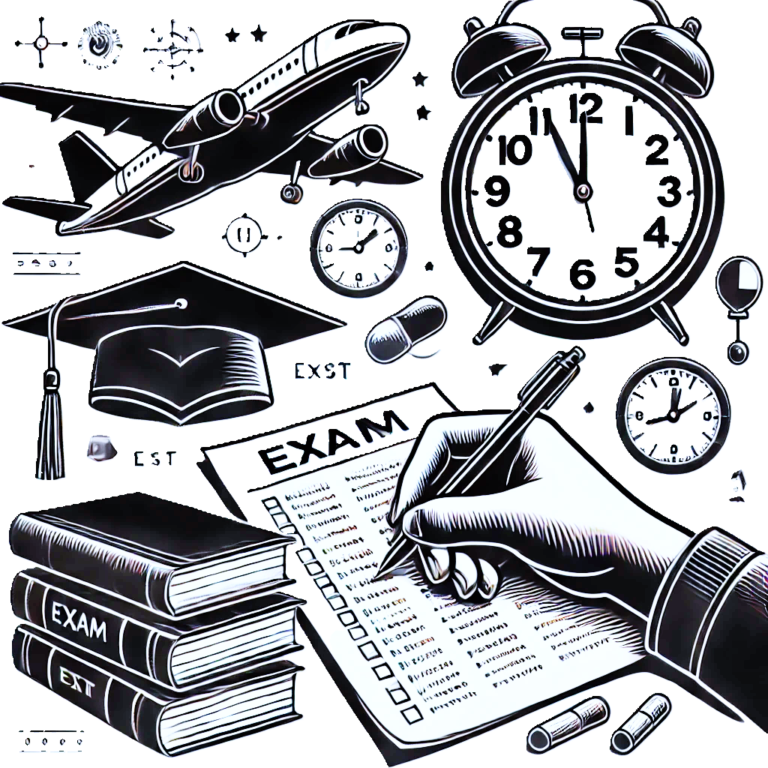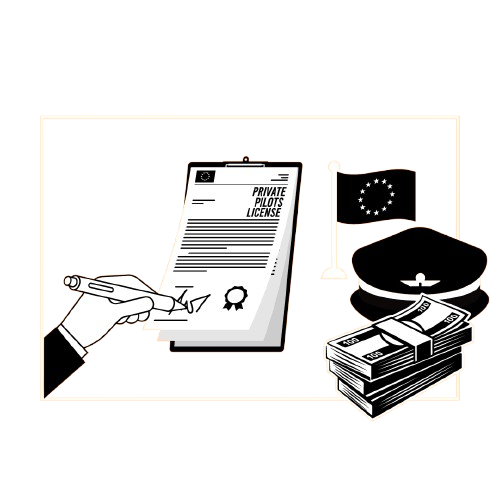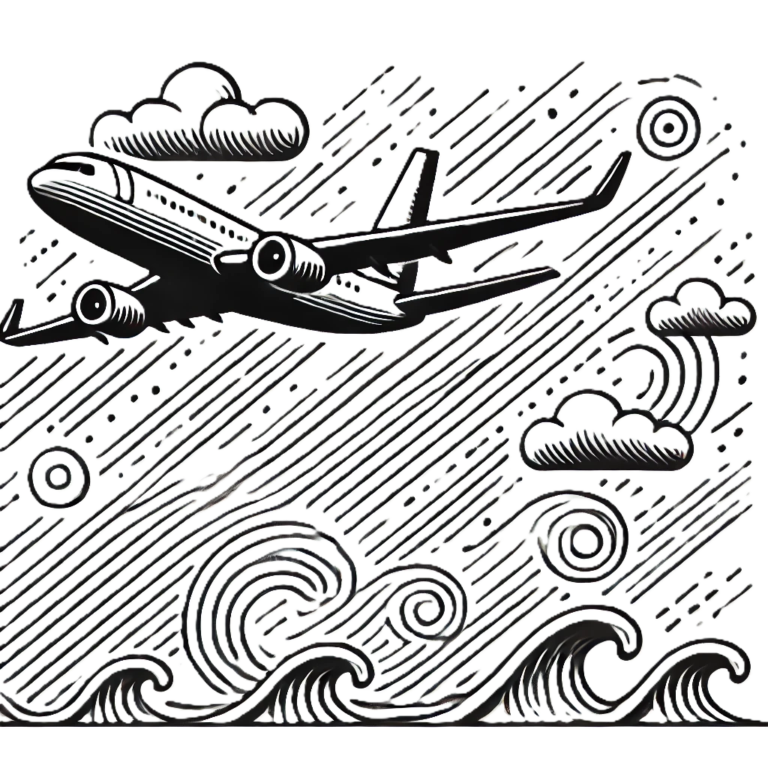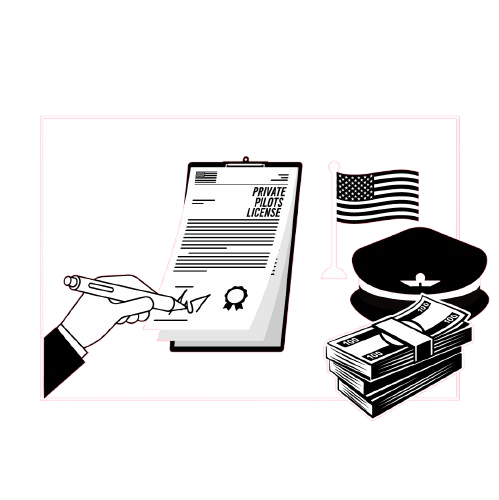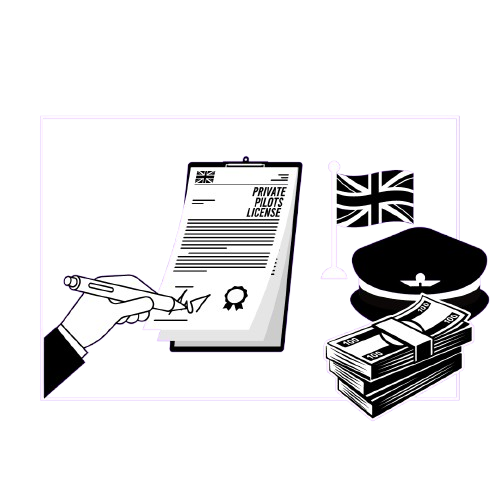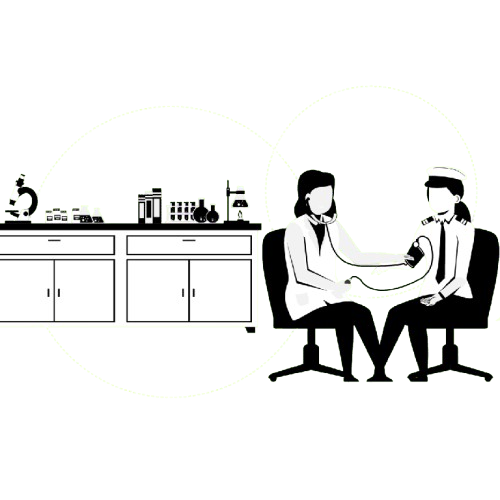Commercial Pilot Training – The Hour Building Phase
Ever wondered just what training to become a commercial airline pilot looks like?
In this blog post, we’ll discuss the flying phase and how you can pass your pilot training and become a commercial pilot!
This blog post is part of our extensive How To Become A Commercial Pilot Guide. You’ll find a wealth of information about finding the best flight school, different pilot training routes, and passing assessment tests and much more!
Commercial Pilot Training – What Is The Hour Building Phase Like?
On completion of the Ground School phase, the fun begins.
Without a doubt, the flying and hour-building phase was the most exciting part of the course. After all, we’re all here to learn to fly!
Depending on your pilot school, you may complete your flying phase in your home country or abroad.
For example, the flight training organisation (FTO) I completed my training with sent their cadets to either Hamilton, New Zealand or Arizona, USA.
I was lucky enough to do most of my flying in New Zealand. What a truly fantastic experience it was.
On arrival in New Zealand and before we began flying, we were required to spend a few more weeks in the classroom.
This was to understand crucial things before we took to the skies, such as the correct way to join a circuit, how to communicate with air traffic control (ATC), and conduct a proper and safe walk-around of the aircraft.
A particularly overwhelming stage of pilot training indeed. There was so much information to absorb, and a detailed understanding of everything was required.
Finally Taking To The Skies
After training to be a pilot for around seven months, it was finally time to learn how to fly!
First, we were assigned our instructors and aircraft type.
The standard training aircraft for cadets pilot training was the DA20, but I one other found ourselves flying the Cessna 172 due to not being able to fit in the DA20 comfortably!
Each flight lesson would follow the same structure. Once we had done our preparation, in the form of mass, balance and performance calculations and checking the weather and pilot notices, we would meet with our instructor.
From here, we will discuss each lesson objective.
The first few lessons were about basic flying skills, such as flying straight and level, pitch-power couples, turns and other basic yet extremely fundamental skills.
The first few weeks of flying were an incredibly steep learning curve, and I often returned from flights feeling exhausted.
However, I can’t stress just how incredible this experience was! Learning how to fly after spending so much time in a classroom was exhilarating.
Pilot Training – Going Solo
After about 12 hours of flying tuition with our instructors, it was time to perform our first solo flight! Yes, after just 12-14 flying hours, you will be flying on your own! Indeed, an experience that I will never forget.
After conducting my walk-around, dipping the fuel tanks to ensure I had enough fuel, and checking there was no water or other fluid in the tanks, it was time for me to take command of an aircraft for the first time in my life and take to the sky.
I remember the first time I fired up the engine and taxied out to perform my pre-flight checks, which included testing the flight controls, checking the engine gauges and more.
From here, it was time to get permission from air traffic control to taxi to the runway. Our first solo flight consisted of one complete ‘circuit’. As the name suggests, a circuit is a fixed ‘loop’ pattern around the airfield.
I will never forget the first time I went through to take off power and pulled back on the controls, getting airborne – all on my own! This was one of the highlights of pilot training.
Leaving The Zone
The real fun begins on the completion of your first solo flight.
From here, your pilot training will involve flying outside of the ‘zone’. The zone is the area around the airport which is protected and controlled by the air traffic controllers. To enter and leave this zone, you need permission.
This is how airspace works all over the world. There are different classes of airspace. For example, due to how busy the London airspace is, it is heavily controlled, and aircraft require permission to operate within it. So you’ll first start flying outside of the zone under the supervision of your instructor.
There are specific entry and exit points in and out of the zone. These strict points ensure that traffic flow is safely regulated.
The Flying Phase – Navigation Routes
All of the flying at this point is called VFR flying. VFR stands for visual flight rules and means that you are flying using visual aids (looking out of the window).
We were taught to navigate by following the maps we had in the cockpit – a skill that required a lot of practice!
We would usually fly at around 100mph, so things happened quickly! For example, one of the exit points from the zone might have been a gap between a set of hills to the west of the airfield, so we would need to leave the circuit pattern in the correct procedural way and then fly due west, leaving the zone.
We would call and request ‘clearance to leave the zone via point x’.
We would plan our routes before each flight, all based on visual aids on the ground. For example, I may take off, leave the circuit pattern to the east and fly towards a large lake.
From here, I would turn towards the south and fly until I reached a specific part of the coastline before flying northwest to a prominent and recognisable hill. From here, I would request with ATC to re-enter the zone at a defined point, joining the circuit pattern and landing.
Once our instructor felt like we could navigate around safely, we would be signed off to do it independently.
This was my favourite stage of flying. I could do an internet search to find a beautiful waterfall, stunning coastline or breathtaking set of mountains and then fly over all of these points the next day. Again, we were free to fly almost anywhere, within reason.
While carrying out this navigation stage, we also built on new skills and refined our fundamentals.
We were required to keep practising essential skills such as general handling, tight turns, stall recoveries and forced landings. These skills were essential to master.
We were flying single-engine propeller aircraft at this point, so it was crucial that should the worst happen and the engine fails, we could safely land the aircraft in a field or elsewhere.
Stall recovery is arguably one of the most critical skills to practise. Recognising and executing a stall recovery is essential, especially when flying sizeable commercial aircraft. I
Stalling is very different to stalling in your car and has nothing to do with the engine. When an aircraft is stalled, the wing loses its lift and can no longer fly.
Sadly, several commercial aircraft have crashed because the crew did not recognise the aircraft was in a stalled state, and therefore they could not recover the jet’s standard flight path. We study these tragedies to help better our understanding and enhance our training, making aviation the incredibly safe place it is today.
Instrument Flying – Become A Pilot
Once you have refined these skills and become proficient in flying visually, you will transition to IFR (instrument flight rules) flying.
IFR flying involves operating the aircraft using just the instruments and no longer navigating by looking out the window and following a map. The take-off and landing are both visual segments, of course.
This part of flying is a very steep learning curve. It involves you learning new skills and relying on navigation aids and techniques such as flying radials. It’s all very jargon-heavy and complex.
Nevertheless, it was a significant part of the training and is how we commercial pilots primarily fly. We were still flying single-engined aircraft at this stage.
Twin Engine Time
You will transition to a multi-engine aircraft during your pilot training. We transitioned from the Cessna 172 to the Diamond DA42, a twin diesel engine aircraft with four seats. It’s yet another step in transitioning from a single-engine aircraft to a multi-engine one.
The biggest challenge isn’t necessarily flying with two engines; it’s safely flying a twin-engine aircraft with just a single engine.
This may seem very counter-intuitive, but, as always with aviation, we ensure we are well-trained and prepared for emergencies.
As part of your training, you will simulate engine failures and practise your rudder control skills to ensure you can handle these events. It’s such an important skill to master.
As commercial pilots, we practice engine failures at take-off and flying and landing with an engine inoperative every six months in our simulator training.
Twin-engine flying is fun, and you’ll find yourself travelling at much faster speeds. We were lucky enough to take two aircraft on a ‘fly away’ of New Zealand’s North Island, which was fantastic.
Commercial Pilots Licence Skills Test
Once you have conducted enough hours, for me, this was roughly 130 flight hours; you will take your Commercial Pilots Licence Skills Test.
This test will be conducted in the same twin-engine aircraft you have been flying and will only test your VFR flight skills; your IFR exam comes later in the training course.
This test will have you tested on multiple sections, such as safe walk-around, checks, communication with air traffic control, exit and entry of the control zone, navigation, and general handling skills such as turns, stall recoveries and more. All of this must be conducted whilst staying within predefined limitations.
For example, never going above or below your assigned altitude by 50ft, not exceeding your designated speed by more than 5kts and arriving at your designated point on your navigation route within a specific time frame of your planned ETA (estimated time of arrival).
Before your test, the examiner will pick a point they would like you to navigate to as part of your test. You must arrive at this defined point using your map and navigation skills and point out said point to the examiner to pass this part of the test.
And that’s your hour building and VFR pilot training complete! You still don’t have your full Commercial Pilots Licence, which is required to fly for an airline at this point, but you are certainly one step closer.

